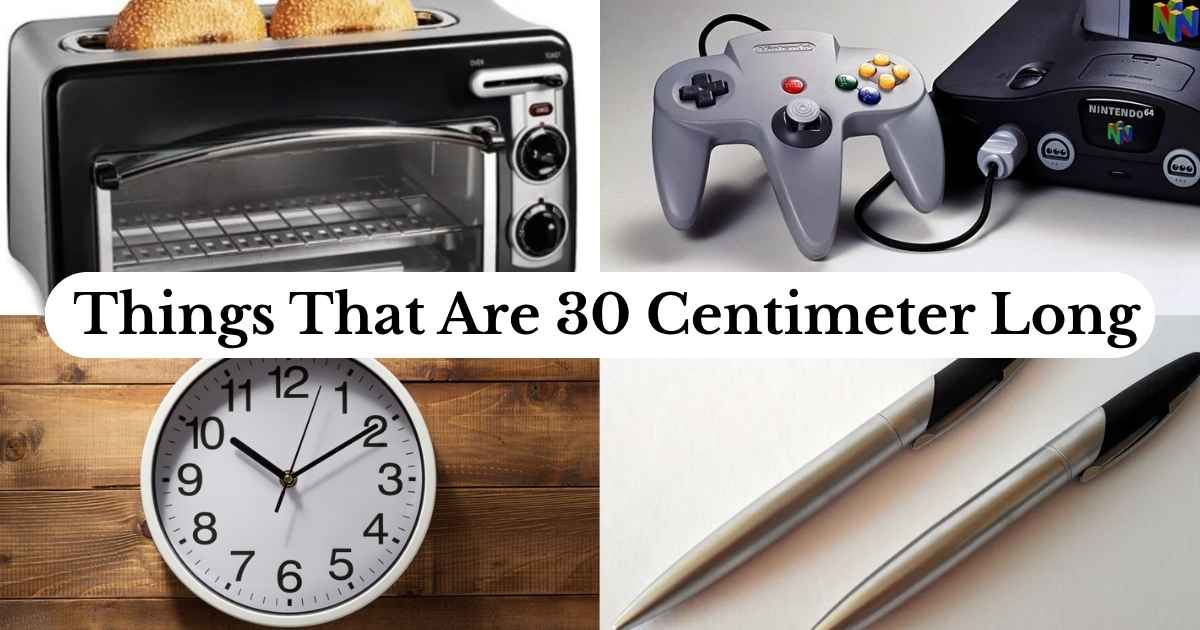You’re probably wondering how long 30 centimeters really is – and you’re not alone. Maybe you’re checking dimensions for a package, figuring out spacing for a project, or just trying to visualize this length in the real world.
Instead of grabbing a ruler, it’s often easier to compare it with objects we already use every day. After all, when you connect a measurement to something familiar, it suddenly becomes much clearer.
How Long Is 30 Centimeters?
30 centimeters is a moderate length – not too long, not too short. It sits neatly between the extremes of small items like pens and large items like yardsticks. In more practical terms, 30 cm equals 300 millimeters or three decimeters. It’s also widely used in design, manufacturing, schoolwork, and home projects, making it one of the most recognized metric measurements in daily life.
Whether you’re measuring shelf space or figuring out how much wrapping paper you need, understanding this length gives you more control and confidence. It’s a manageable size that shows up more often than you might think – from kitchen tools to tech devices and more.
What Is 30 Centimeters in Inches?
If you’re more used to the imperial system, 30 centimeters equals approximately 11.8 inches – or in simpler terms, just under one foot. That small difference might not seem like much, but it can matter when precision counts, such as in packaging, carpentry, or clothing sizes.
To break it down further, 1 inch equals 2.54 centimeters, so when you multiply 2.54 × 11.8, you’re right around 30 cm. Knowing this conversion helps when you’re working between metric and imperial units – especially if you shop internationally or work on projects where both systems are in play.
12 Common Household Items That Are 30 Centimeter Long
It is easier to understand this moderate length when you compare it with familiar things around you. Here is a handy table of everyday items that are close to this size:
| 📦 Item | 📏 Actual Measurement |
| 📄 A4 Size Paper | 29.7 cm (standard length) |
| 🖊️ 2 BIC Cristal Pens | Each about 14.8 cm – 29.6 cm total |
| ☂️ Travel Umbrella | Closed length: approx. 30 cm |
| ⌨️ Computer Keyboard | Compact keyboard: around 30 cm |
| 👟 A Shoebox | Long side: about 30 cm |
| 🥤 Two Liter Soda Bottle | Height: roughly 30 cm |
| 🔌 Toaster Oven | Width: typically near 30 cm |
| 🍞 Loaf Pan | Length: around 30 cm |
| 🥪 Footlong Sandwich | Subway-style: 12 inches / 30.48 cm |
| 📚 Large Textbook | Height or width: about 30 cm |
| 🎮 Gaming Console | E.g., Xbox Series X: ~30.1 cm |
| 🕒 Wall Clock Diameter | Average diameter: 30 cm |
A4 Size Paper
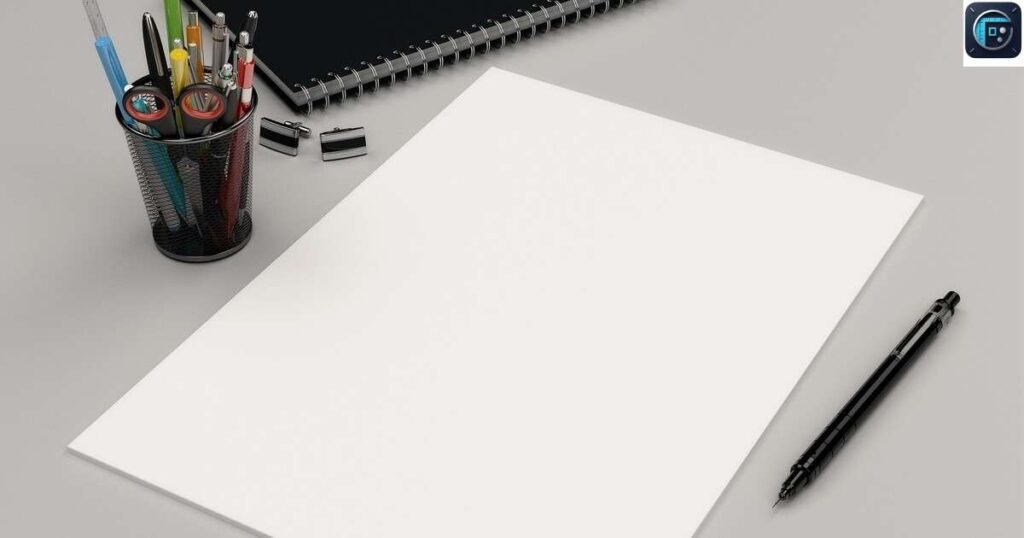
When you hold a standard A4 sheet vertically, you’re looking at a height of 29.7 centimeters– just a hair under 30 cm. That makes it an incredibly useful and nearly perfect reference point when trying to understand what this length looks like in real life.
A4 paper is used globally for printing documents, letters, and official paperwork. Because it’s so common in offices, schools, and homes, its height gives people a reliable visual cue for estimating lengths close to 30 centimeters – no measuring tape needed.
Interestingly, the A4 size comes from the ISO 216 standard, which was developed to maintain consistent scaling. This standard ensures that each size in the A-series paper family maintains a 1:√2 ratio, making A4 a logical and historical benchmark in both business and design applications.
2 BIC Cristal Pens
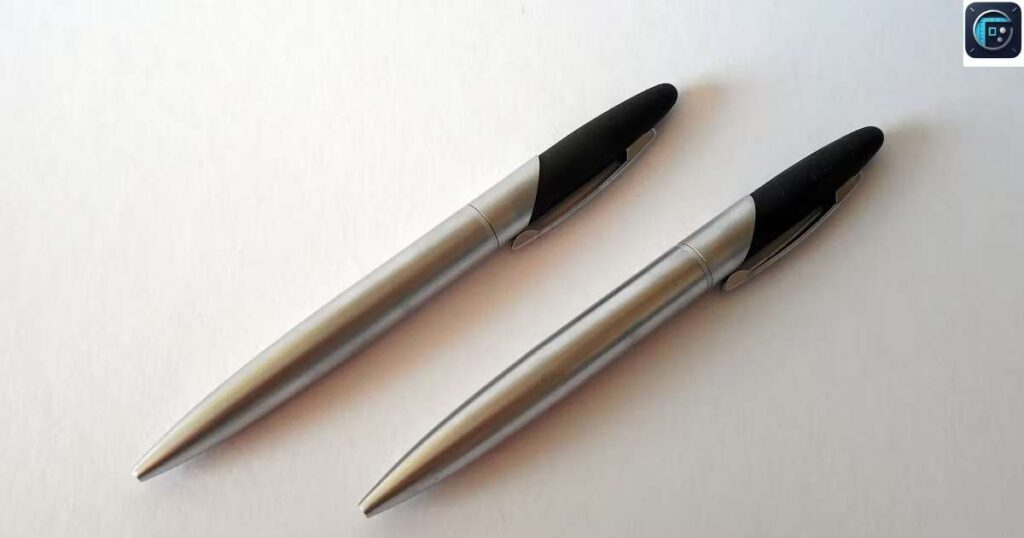
When placed end-to-end, two standard BIC Cristal pens measure almost exactly 30 cm in total length. Each pen is around 14.9 cm long, so together they provide a simple, hands-on way to understand this moderate span.
These pens are everyday staples in classrooms, offices, and homes. Because most people have used one, they offer a relatable and immediate tool for mentally gauging this kind of measurement-especially useful in situations without a ruler nearby.
The BIC Cristal design dates back to the 1950s and hasn’t changed much since. Its consistent dimensions have made it a quiet standard in the stationery world, unintentionally turning it into a helpful, unofficial reference for measuring small to mid-length objects on the fly.
Travel Umbrella
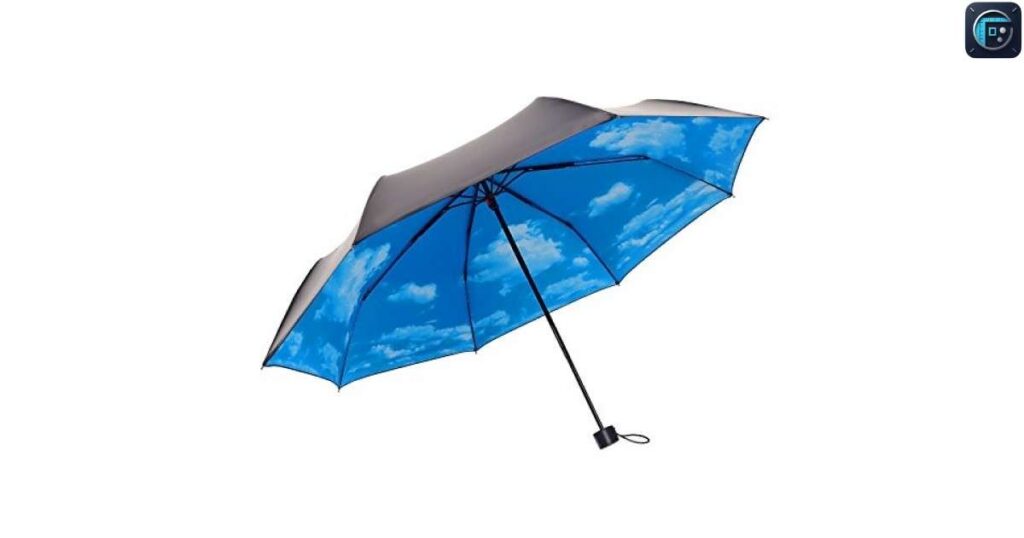
A folded travel umbrella typically measures around 30 cm in length, making it a great reference for visualizing this compact distance. It’s short enough to fit in most bags, yet long enough to give you an accurate feel for the span when held in your hand.
People carry these collapsible umbrellas for sudden weather changes, especially in cities with unpredictable rain. Their convenient size makes them ideal for commuters, and knowing their length helps you decide whether it fits in a purse, briefcase, or carry-on.
Manufacturers design travel umbrellas with portability in mind, and the 30 cm length hits a sweet spot between convenience and effectiveness. This size standard emerged over time as urban living demanded more efficient, lightweight personal items that don’t sacrifice practicality.
Computer Keyboard

A compact computer keyboard, particularly those without a numeric keypad, often measures about 30 centimeters wide from edge to edge. This makes it a practical example of a mid-sized object that sits comfortably within this measurement range.
In everyday use, these keyboards are favored for saving space on desks and for portable setups like remote work or gaming on the go. Knowing the keyboard’s width can help when selecting accessories, organizing a workspace, or planning desk layouts.
From a design perspective, the 30 cm width supports ergonomic typing while still being small enough to transport easily. Over time, keyboard manufacturers have refined dimensions to meet user demand for functionality and portability without overwhelming desk space – and this size hits that balance well.
A Shoebox

The longer side of a typical shoebox-especially for adult sneakers or running shoes-measures around 30 cm in length. This makes it an excellent real-world reference for estimating this moderate size without a ruler.
Shoeboxes are commonly stored in closets, stacked in retail spaces, or reused for organizing household items. Their dimensions are relevant not just for fitting shoes but also when shipping goods, choosing storage bins, or arranging small shelves.
Over the years, shoe brands have settled into standard box dimensions for logistical efficiency and shelf compatibility. This length ensures enough room for most footwear while allowing manufacturers to optimize packing and shipping configurations across global markets.
Two-Liter Soda Bottle
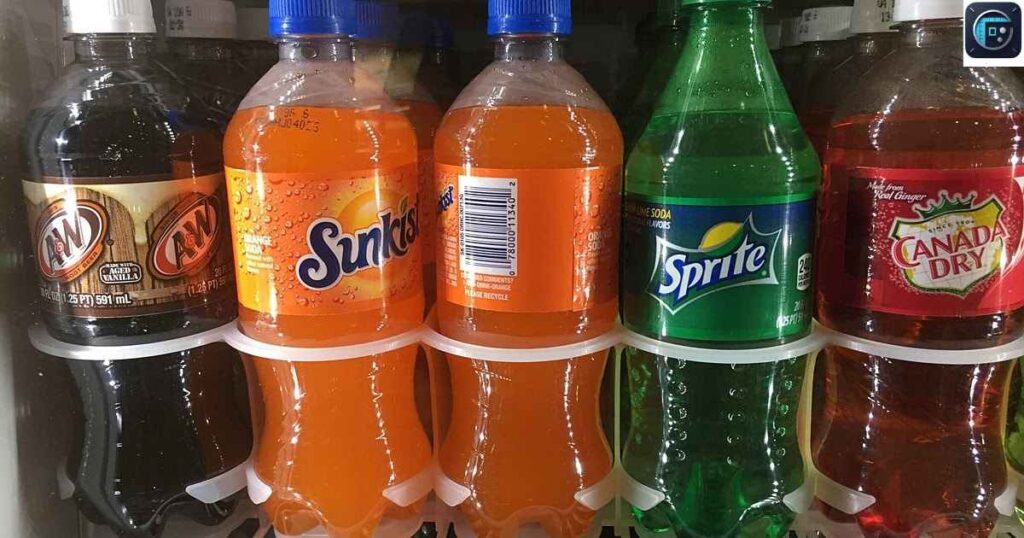
A standard 2-liter soda bottle stands at approximately 30 cm tall, making it a familiar and upright example of this vertical measurement. Holding one in your hand provides a direct sense of how long this distance truly feels.
These bottles are a staple in supermarkets and households, especially for parties or gatherings. Understanding their height is practical when storing them in fridges, packing them in coolers, or fitting them into drink dispensers or vending machines.
From a packaging standpoint, the 2-liter bottle became popular in the 1970s for its balance of volume and portability. Its dimensions were designed to maximize shelf space while still fitting comfortably in the average refrigerator door – a perfect blend of engineering and convenience.
Toaster Oven
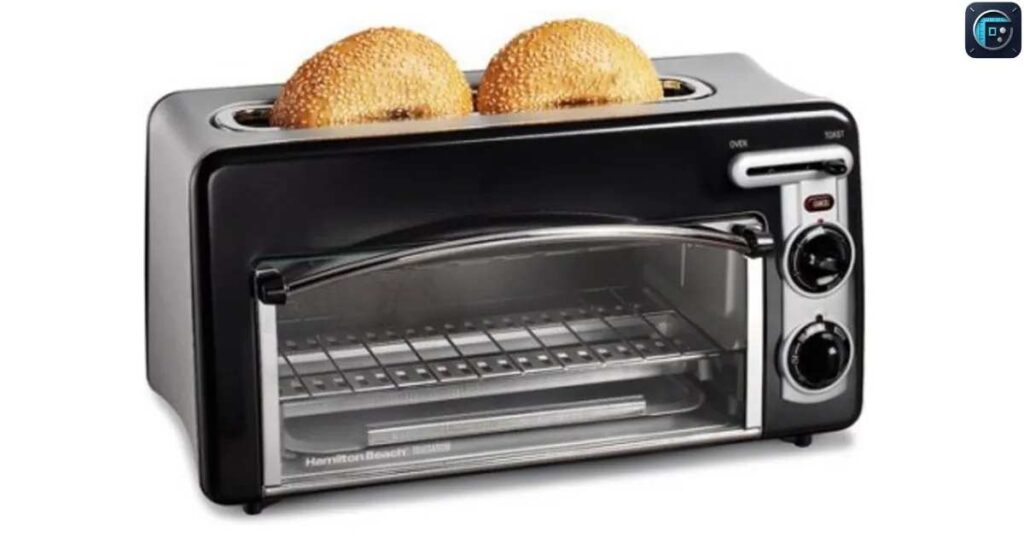
Many compact toaster ovens are designed with a width or depth close to 30 centimeters, making them a useful benchmark for understanding this kind of spatial footprint. Whether you’re looking at the cooking chamber or the exterior casing, this size is common in smaller countertop models.
In the kitchen, these appliances are go-to tools for quick baking, toasting, or reheating. Knowing the typical size helps when planning counter space, especially in small apartments, dorms, or RVs where every centimeter counts.
Toaster ovens evolved from traditional ovens to meet the needs of fast-paced, space-conscious cooking. Manufacturers often stick to this moderate footprint because it strikes a balance between internal capacity and kitchen real estate, particularly in modern minimalist design trends.
Loaf Pan
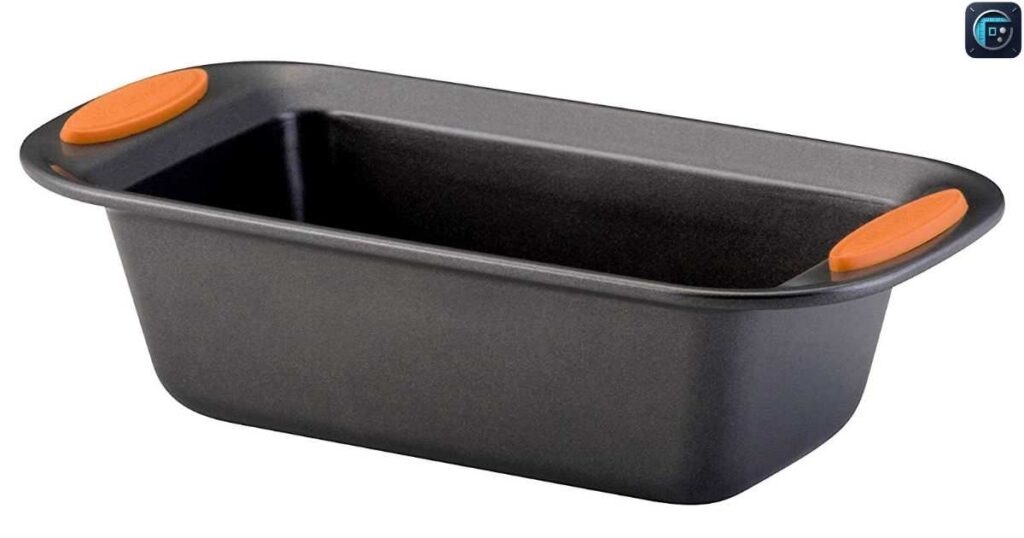
A standard loaf pan used for baking bread typically measures around 30 cm in length, especially in recipes for sandwich bread or pound cake. This rectangular size offers a helpful way to visualize the horizontal span in a home kitchen.
Bakers rely on this pan size for consistent rise, even baking, and predictable slice dimensions. It’s a staple in both home and commercial kitchens, and recognizing its dimensions can help you scale recipes or organize oven space effectively.
Historically, the 30 cm loaf pan became popular as it matched the dimensions of pre-sliced loaves used in early 20th-century bread packaging. Its adoption helped shape not only baking standards but also influenced the size of modern toasters and bread bags that followed.
Footlong Sandwich
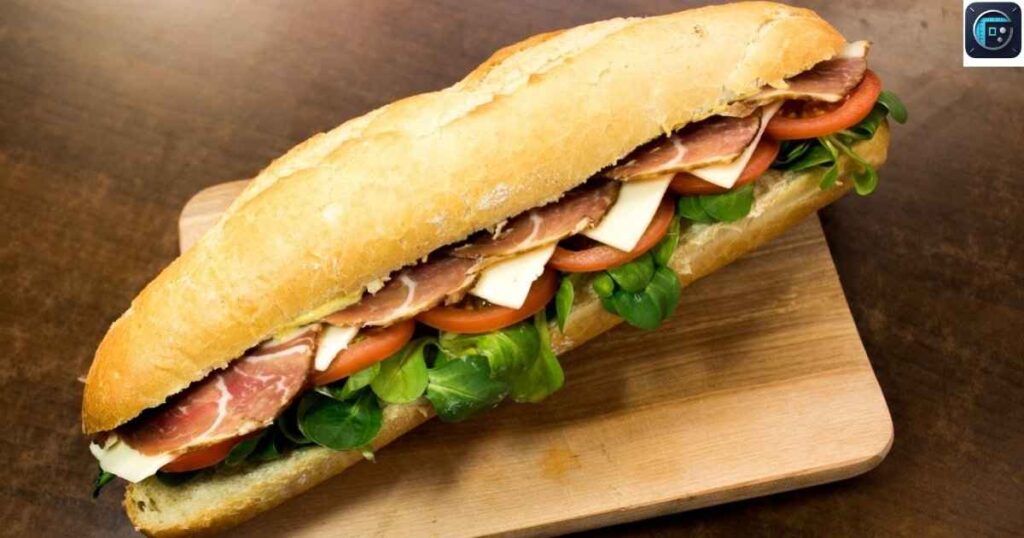
A classic footlong sandwich measures roughly 30 cm in length, making it a tasty real-world example of this size. When you pick up that long roll, you’re essentially holding something very close to this distance.
These subs are popular at delis, food courts, and lunch counters. Knowing their typical length helps you visualize parcel dimensions, serve portions, or plan storage in lunch boxes or catering trays.
Interestingly, “footlong” was originally a marketing term rather than a strict standard. Still, many chains aim for 12 inches-or about 30 cm-per sandwich, which has shaped expectations around portion size and packaging over decades.
Large Textbook

Many large textbooks, especially those used in subjects like science or law, have a height or width that comes close to 30 centimeters. When laid flat, the longest edge often mirrors this measurement, making it an easy object to reference.
These hefty books are common in schools, libraries, and universities. Knowing their size can help students plan bag space, bookshelves, or even scanning and printing layouts for study purposes.
Textbook dimensions have evolved to balance readability with portability. Over time, publishers standardized around this size to accommodate detailed diagrams, wide margins for notes, and durable covers – all while fitting into standard backpacks and classroom desks.
Gaming Console
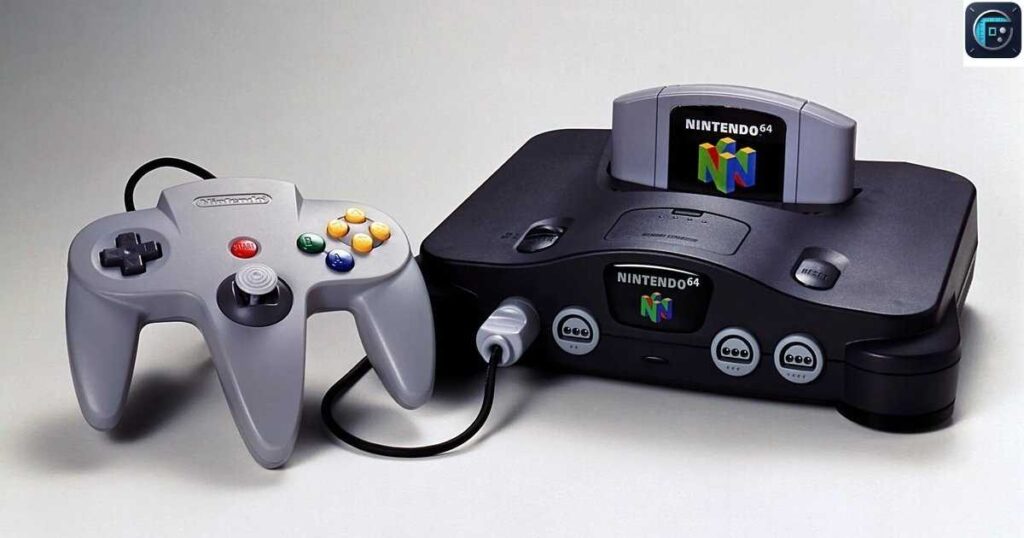
The width or depth of many modern gaming consoles, such as the PlayStation 5 Slim or Xbox Series S, falls close to 30 cm. Whether positioned horizontally or vertically, this size gives users a clear sense of what this mid-range length looks like in real life.
In practice, knowing a console’s dimensions helps when setting up entertainment centers, choosing shelves, or planning airflow around the device for cooling. Gamers often factor in these measurements to make sure their setup supports both functionality and aesthetics.
As console design evolved from bulky boxes to sleek machines, manufacturers balanced power with compactness. A 30 cm footprint has become a sweet spot-large enough to house advanced hardware, yet small enough to fit seamlessly into modern living spaces without dominating the room.
Wall Clock Diameter

A medium-sized wall clock commonly measures around 30 centimeters in diameter, making it a useful reference when picturing this circular span. From edge to edge across the clock face, this measurement gives a clear visual cue, especially in homes and offices.
In everyday settings, wall clocks of this size are large enough to be legible from across a room but compact enough to fit comfortably on most walls. Knowing the diameter helps when choosing clock sizes that balance visibility and design within a space.
Clock dimensions like this have been standardized over decades to suit both domestic and institutional environments. A 30 cm diameter not only fits well with typical wall framing but also aligns with aesthetic design rules for balanced spacing and symmetrical room layout.
What Does 30 cm Look Like?
If you’ve ever held a standard school ruler, then you’ve already seen exactly what 30 cm looks like – because that’s how long most rulers are. It’s about the length of your forearm (from wrist to elbow), two dollar bills placed end-to-end, or the width of a compact laptop. These familiar items make it easier to picture this length without needing a tape measure.
Visualizing 30 centimeters in real-world terms makes it much more useful. Once you connect this measurement to common objects – like a footlong sandwich, an A4 paper’s height, or a small pizza box side – it becomes easy to estimate and apply in everyday tasks.
Practical Applications of 30-Centimeter Measurements
You’ll find 30-centimeter measurements useful across a surprising number of everyday situations. For instance, many home improvement projects – like spacing picture frames or installing shelves – involve measuring spans close to 30 cm. It’s also common in crafts, school assignments, tailoring, and even baking.
In the world of shipping and packaging, 30 cm often marks the maximum or standard length allowed for smaller parcel sizes. It’s also helpful when organizing your workspace, planning storage, or choosing electronics – since many devices like tablets and laptops fall into this size range. Knowing what 30 cm looks like can save you time, reduce guesswork, and improve accuracy in your daily tasks.
Convert 30 Centimeters to Other Measurements
Understanding different units helps when you are working with tools, buying items, or reading specs. Here is how 30 cmcompares in various units:
| 📏 Unit | 🔢 Equivalent of 30 Centimeters |
| 📐 Millimeters | 300 mm |
| 📏 Meters | 0.3 m |
| 📏 Inches | 11.81 in |
| 📏 Feet | 0.984 ft (just under 1 foot) |
| 📏 Yards | 0.328 yd |
| 📏 Decimeters | 3 dm |
FAQ’s
What does 30 cm mean in inches?
It equals approximately 11.81 inches. This is just under one foot in length, making it a moderate and easy-to-visualize measurement in the imperial system.
Is 1 foot exactly 30 cm?
No, one foot is slightly longer. A foot measures exactly 30.48 centimeters, so it is just a little more than the size in question.
How big is a 30 cm picture?
A picture that size would be similar to an A4 paper held vertically or the width of a medium-sized laptop. It is a suitable size for framing on a desk or small wall space.
How long is 30 cm?
It is about the length of a school ruler, two smartphones placed end to end, or a forearm from wrist to elbow. This length is easy to relate to common items around the home or office.
How much is 30 cm?
It represents a third of a meter or three decimeters. In practical terms, it matches the size of many daily-use items, making it a helpful reference point in measuring and estimating.
Conclusion
Understanding what 30 centimeters looks like becomes much easier when you compare it to things you already know. From a loaf pan to a wall clock or a gaming console, these everyday objects offer clear, relatable ways to picture this measurement in real life.
This article helped break down the size using simple examples, so you can now visualize 30 cm without needing a ruler. Whether you were planning a project, shopping online, or just curious, this guide turned a number into something practical and easy to grasp.

